Despite the expensive of creams, lotions and serums that promise a cure, there’s a simple fact commonly overlooked when it comes to graceful aging. Find out which foods contribute to wrinkles so you can avoid them for more youthful skin!
When it comes to aging, wrinkles are inevitable – at least to a degree. At some point in our lives, we will all have to face the inescapable changing of our bodies. However, can slow the aging process dramatically, especially in contrast to what most people experience in the modern world. The good news is there are many things we can do to age with grace, and some of it you have never considered before – such as the foods you’re eating on a daily basis.
Are you struggling to lose weight, craving foods you shouldn’t, and finding yourself fatigued and unable to focus? Chances are, your Hormones are out of whack.
Get our FREE Guide to fixing your Hormones through the Paleo diet here!
The Science of Wrinkles
A wrinkle is a fold in the skin, which appear persistently as the skin begins to age. Besides the obvious passage of time, smoking, sun damage, stress and diet are all major factors that contribute to the formation of wrinkles. The major mechanism that drives the development of a wrinkle is called glycation. (1) Glycation is a physiological process that occurs when a protein molecule binds to a sugar molecule. After a series of chemical reactions, this bond forms an end product that’s fittingly known as an AGE (advanced glycation end product). The production of AGEs is what damages the surface of the skin by weakening collagen. (2) [tweet_quote] Acne, eczema, and wrinkles have been linked to the foods of a standard Western diet. [/tweet_quote]
While AGEs are a form of oxidative stress that can be caused by a number of factors, you can limit their formation greatly by watching the foods you eat. Some foods more than others, create more oxidative stress in the body and lead to AGEs. We’ll get to these in just a moment, but first, let’s broaden our horizons a bit more.
You Are What You Eat
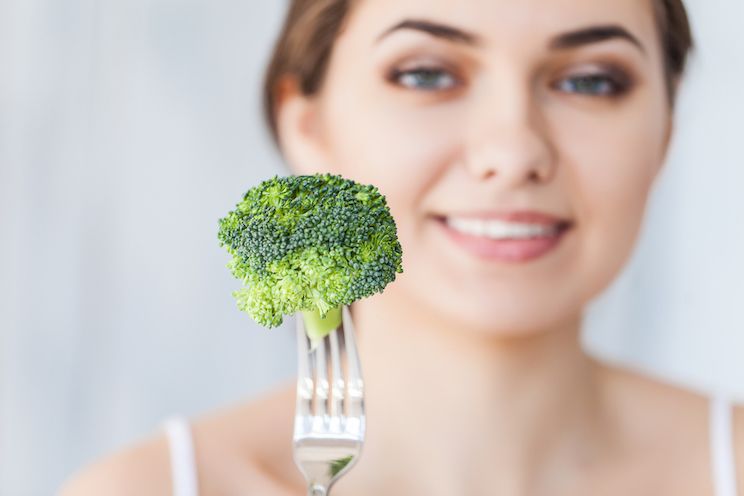
For a long time, many of us have been told that caring for our skin was simply an outside job. We thought that all we needed to do was avoid the sun, practice good hygiene and maybe invest in some expensive serums for some additional help.
However, a myriad of skin issues are directly related to the foods we eat each day. In fact, the skin is actually a reflection of our internal health, especially the condition of our digestive system or gut. (3) Acne, eczema, and wrinkles have been linked to the foods of a standard Western diet.
In short, diet is a major cause of the development of wrinkles. Luckily, if we identify these foods and remove them, we can stop the progression of wrinkles, and by introducing new foods, we can inhibit or even reverse them!
3 Foods That Contribute To Wrinkles
There are many different foods that can contribute to wrinkles and accelerate aging, let’s look at a few major foods and food groups that do the most damage.
Refined sugar
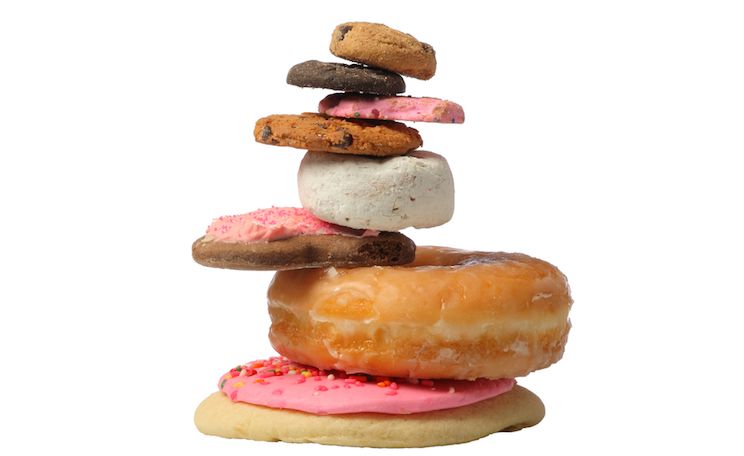
Among the most aging of foods is refined sugar. Refined sugar in the form of glucose and fructose has been shown to bind with the amino acids present in collagen and elastin, which support the dermis. This process is called glycation. As we learned earlier, this leads to wrinkling of the skin. Furthermore, the process is accelerated when sugar intake is increased. We could throw most processed foods into this category, considering most are filled with the white stuff. This includes most commercial candy, baked goods, soda, and cereals. However, beware of sneaky sugars, some dressings, sauces, pastas, and even breads contain refined sugar these days. This category would also include high fructose corn syrup. Your best bet is to make your own sweets so you know what goes in them! (4)
Processed or Overly Cooked Meat
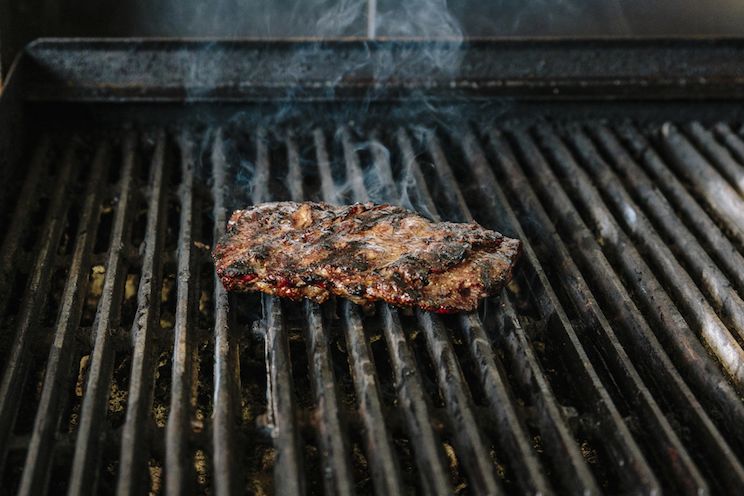
In addition to sugar, most modern diets contain heavily heat-processed foods. This includes the overheating of healthy foods like meat, as well as the processing of meat, which usually involves extremely high-heating methods. As a result, these meats end up with high levels of advanced glycation end products (AGEs). Consumption of overly cooked meat or processed meat can lead to oxidant stress and inflammation, which are linked to many diseases, including aging of the skin tissue. AGEs are naturally present in uncooked animal tissue. Many cooking techniques, in particular grilling, broiling, and roasting, result in the formation of new AGEs. When it comes to meat consumption, while it’s a controversial topic, the best solution is to (of course) go the most natural route. If meat consumption is an option for you, then it’s best to consume high-quality animal products, raised properly – this way the animals lived a low-stress life and likely have less oxidative stress in their tissues. (5)
Pasteurized Dairy
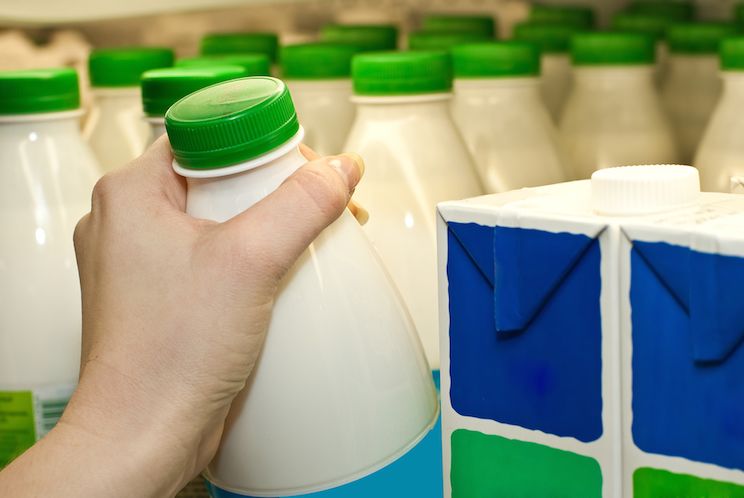
Much of the information with regard to heating and processing meat can be applied to the pasteurization and homogenization of dairy products. That’s because these methods of food processing involve very high heating, which oxidizes proteins and turns dairy fats rancid – both of which contribute to the formation of AGEs. Research shows that high-fat foods including butter, cream cheese, margarine, and mayonnaise are among the foods highest in AGEs. This may be due to various extraction and processing procedures that involve heat. Also, a combination of air and dry conditions can contribute to the formation of glycation, the reason being that high heat will make fats go rancid. If you decide to consume dairy products, choose high-quality organic, raw and preferably pasture-raised dairy. The fresher the better, considering time, air, light, and heat can all contribute to the oxidation of dairy. All the more reason to go local! (6)
Foods For Beautiful Skin
Besides eliminating these three major trouble foods, it’s also helpful to you give your body the building blocks necessary to generate new skin. Some foods to consider would include:
Bone Broth
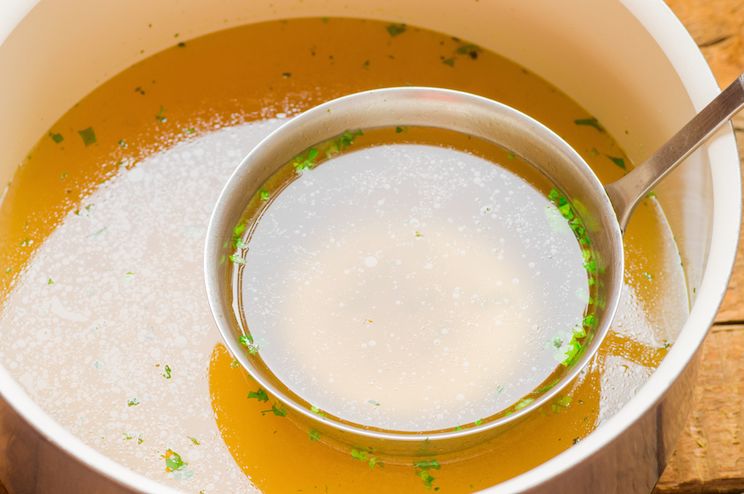
Make sure to skim off the saturated fats once cooked and cooled. Also, be sure to use bones from healthy animals and use the parts rich in collagen, like oxtail and chicken feet. Bone broth contains the building blocks for healthy skin, including collagen, hyaluronic acid, MSM, and an array of minerals.
Vitamin C
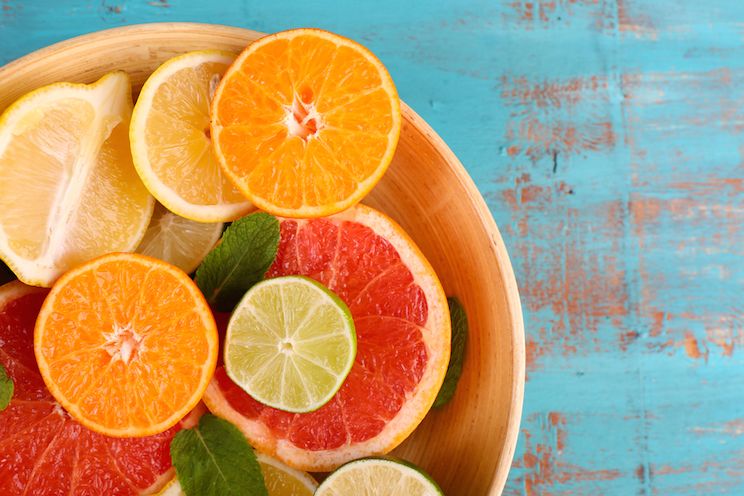
The skin needs vitamin C to synthesize collagen. Of the many foods that contain vitamin C, the best options are going to be whole food forms that contain bioflavonoids. I suggest citrus, camu camu, rose hips, amla, gubinge plum, acerola, kiwi and guava to name a few.
Fermented Vegetables
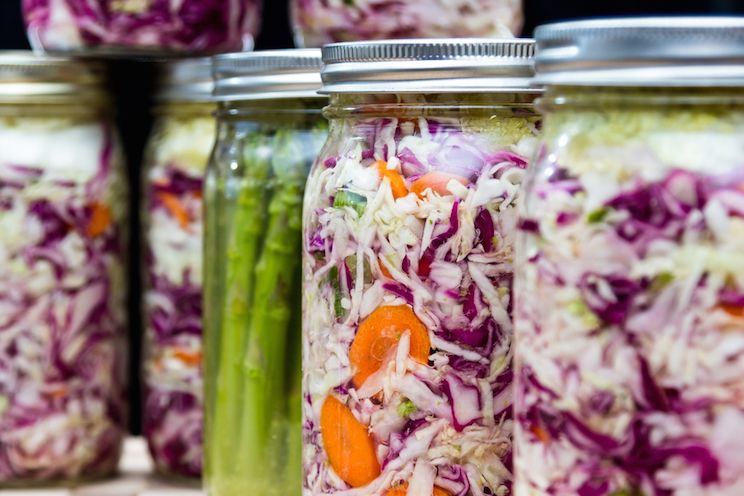
Not only do raw cultured vegetables contain vitamin C, they also contain loads of probiotics and enzymes for maintaining a healthy gut. Remember, the skin is a reflection of the liver and digestive system, so keeping those organs clean will keep our skin clean!
The Bottom Line:
Beauty is beyond skin deep! While diet alone won’t wash away crow’s feet, it can help stave off the formation of future wrinkles. If we also take action to reduce our overall stress loads and eat food rich in skin-building nutrients, we will be well on our way to regenerating new, healthier skin.
(Read This Next: 10 Ways to Slow Aging Naturally)


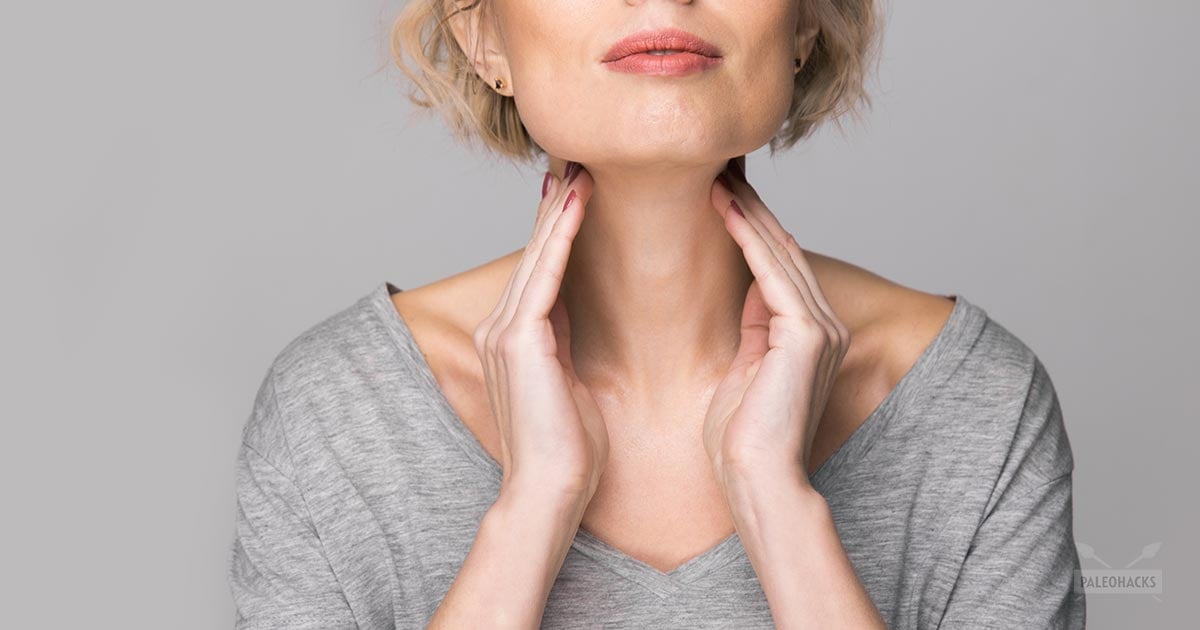
 Your Guide to Hosting a Paleo Christmas Feast
Your Guide to Hosting a Paleo Christmas Feast
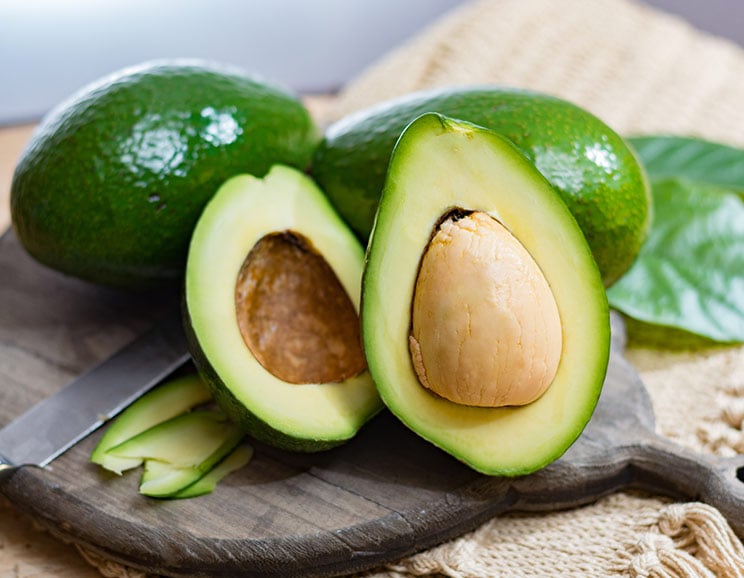


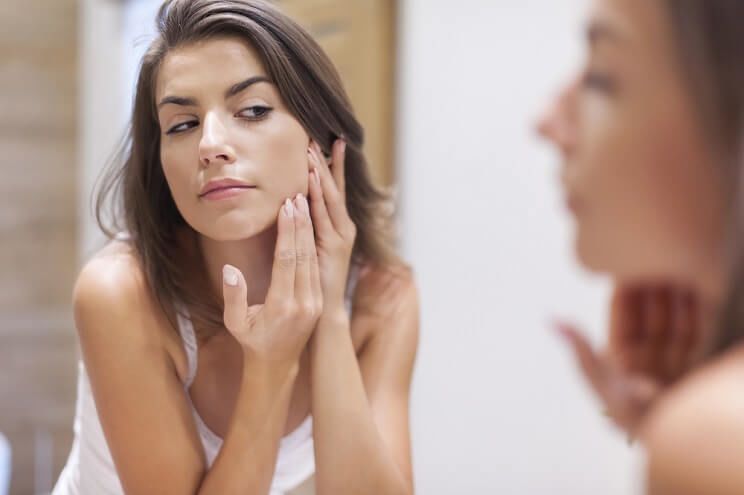
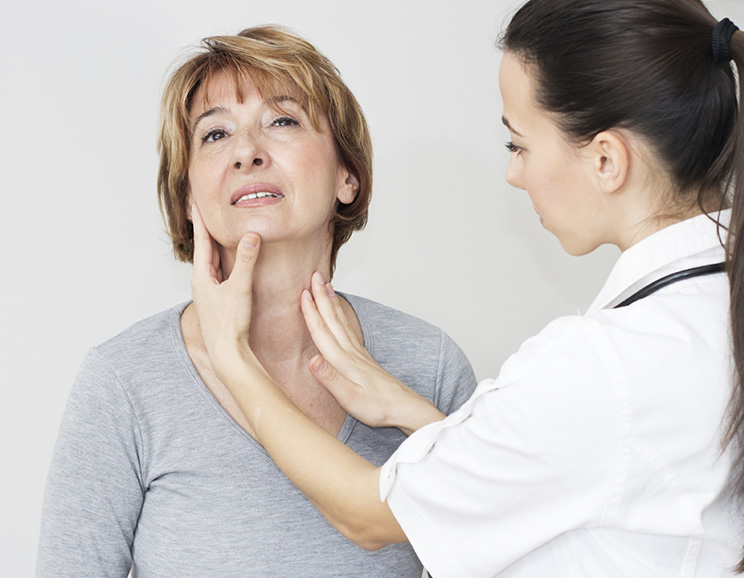


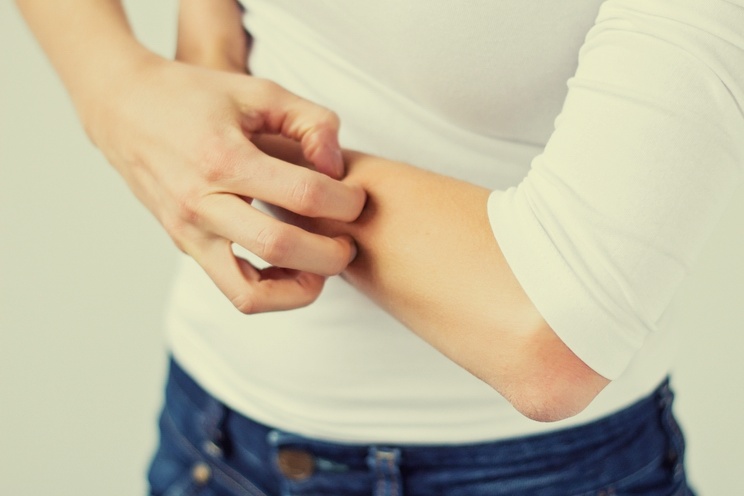
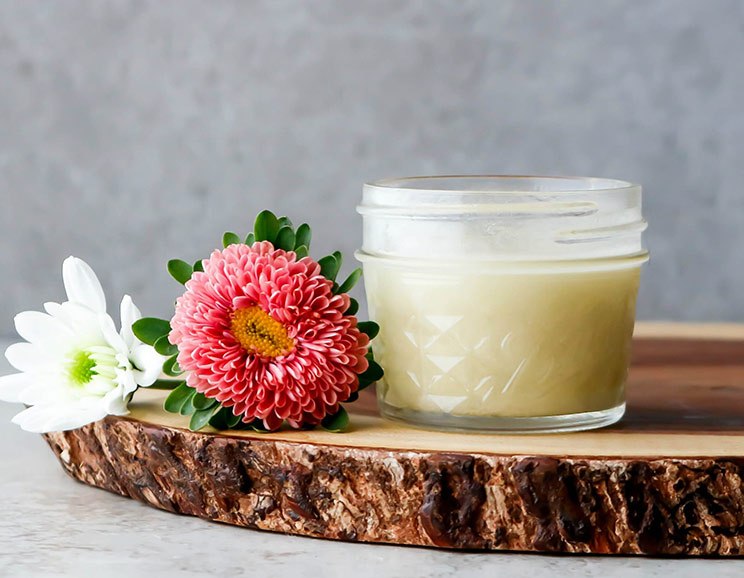
Show Comments